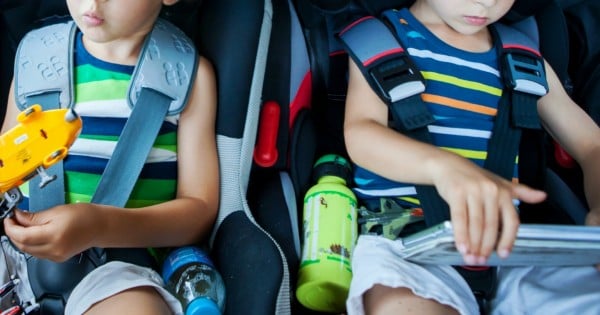
Joanne Orlando, Western Sydney University
Do you “i-Pad your child” when you go to a restaurant?
I couldn’t help but notice the one-year-old at the restaurant table next to me who had been iPad-ed. That is, an iPad loaded with his favourite animation had been propped up on the table to act as a surrogate babysitter.
While screens can solve short-term issues of keeping children quiet, consistently using them to anaesthetise kids does us all a disservice in the long term.
Research shows that 75% to 80% of parents now use technology to placate or distract children, for example on a long car trip, waiting for a doctor’s appointment, when mum or dad is cooking dinner, or when it’s nap time.






























































































